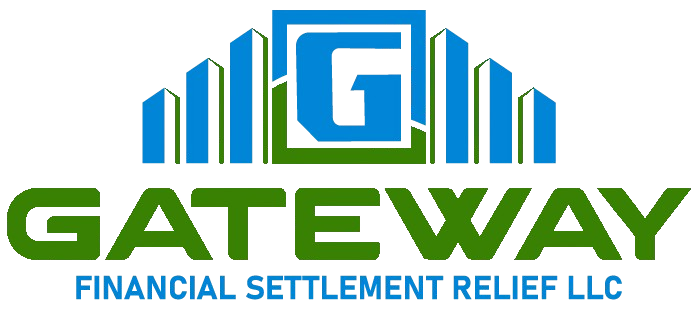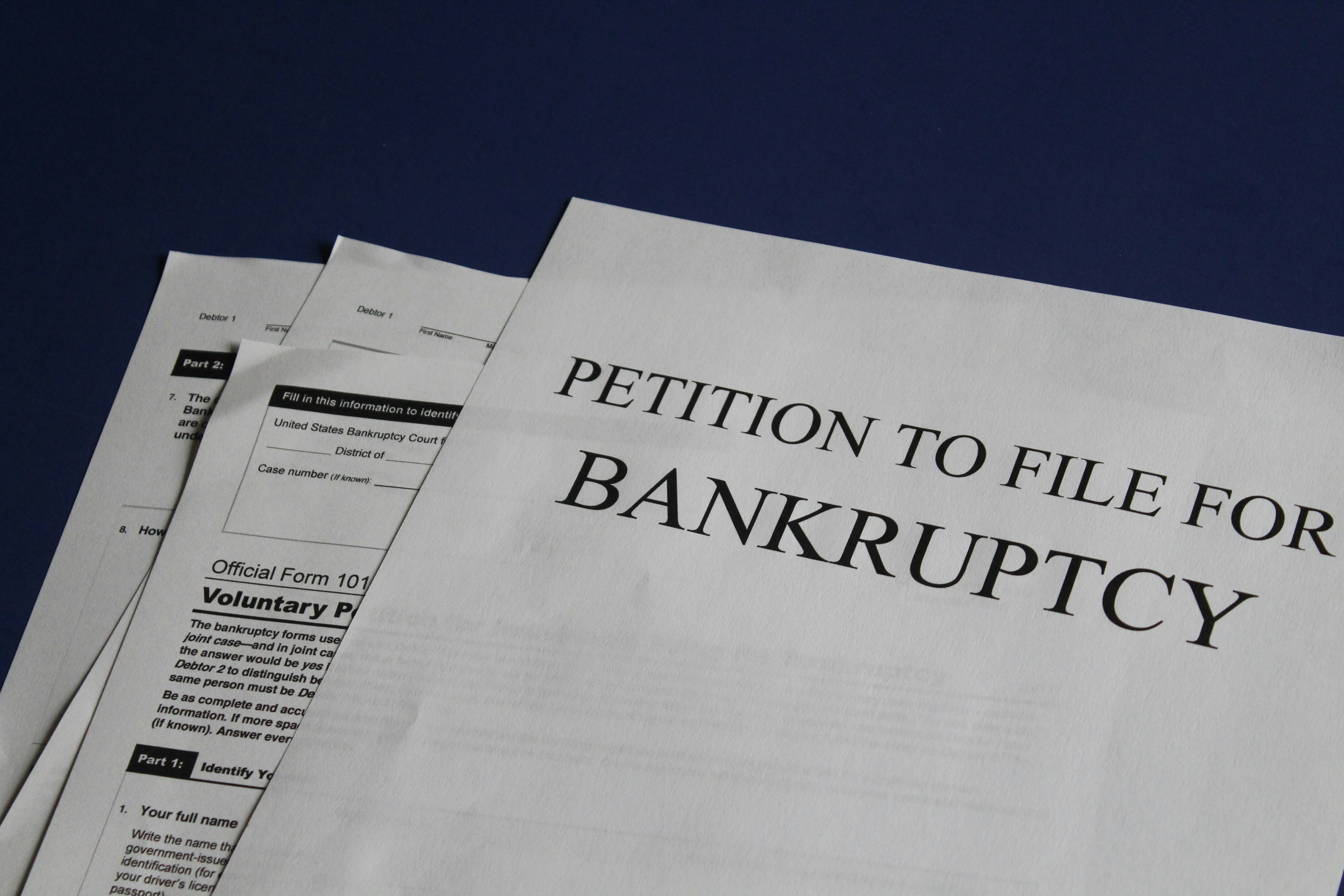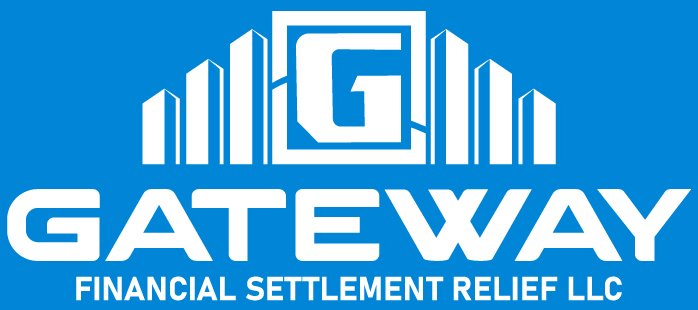Understanding Debt: The Current Landscape
The debt landscape in the United States has evolved significantly in recent years, reflecting broader economic challenges and shifts in consumer behavior. As of 2023, the total household debt has surpassed $16 trillion, with an increasing number of Americans facing financial strain. This figure encompasses a diverse array of debt types, including credit card debt, student loans, auto loans, and medical expenses, each presenting unique challenges to borrowers.
Credit card debt remains one of the most prevalent forms of debt, with the average American household carrying approximately $6,500 in credit card balances. The high-interest rates associated with credit cards can exacerbate financial difficulties, particularly for those who may struggle to make minimum payments. Moreover, medical debt represents another significant burden, affecting nearly 1 in 5 Americans. Unexpected medical emergencies often lead individuals to accrue substantial debt, leaving them in precarious financial situations.
Student loans have also risen to prominence as a considerable source of debt among younger generations. As of late 2023, over 44 million borrowers collectively owe more than $1.7 trillion in student debt, which has implications for long-term financial stability, delaying major life milestones such as home ownership and retirement. Furthermore, many employed individuals find themselves overwhelmed by debt not solely due to financial mismanagement but also as a result of stagnant wages and increasing living costs, which do not align with rising expenses.
Understanding these dynamics is crucial for those navigating the challenges of debt. Economic fluctuations, such as inflation and interest rate hikes, continue to impact personal finances, adding layers of complexity to the journey of becoming debt-free. As individuals recognize the landscape of their debts, they can begin to explore feasible solutions that align with their financial situations.
What is Debt Relief? An Overview
Debt relief refers to the process whereby an individual or entity reduces or eliminates their financial obligations. This can manifest through various forms, including debt settlement, debt consolidation, bankruptcy, and loan modifications. Individuals often seek debt relief when managing financial challenges that make regular payment of debts untenable, or when experiencing a drastic change in their financial circumstances, such as job loss, medical emergencies, or unforeseen expenses.
The central objective of debt relief is to provide a pathway out of financial distress, enabling individuals to regain control over their financial situations. One of the primary advantages of pursuing debt relief options is the potential for reduced overall debt liability, which can alleviate the stress associated with overwhelming financial burdens. Additionally, effective debt relief strategies may lead to improved credit scores over time as debts are settled or restructured, allowing individuals to rebuild their financial reputation.
However, it is essential to consider the potential drawbacks of debt relief. For instance, engaging in debt settlement can lead to a significant negative impact on a person’s credit score, as settled debts may remain on one’s credit report for up to seven years. Moreover, some forms of debt relief may result in higher overall payments or prolonged repayment periods, which may not be ideal for everyone. Understanding the various terms related to debt relief—such as “debt snowball” or “debt avalanche” methods, among others—is crucial, as these strategies can significantly influence the effectiveness of an individual’s chosen path to financial recovery.
Debt Settlement: How It Works
Debt settlement is a financial strategy that allows individuals facing significant financial strain to negotiate with their creditors for a reduced payment on their outstanding debts. The core objective of this approach is to resolve debts for less than the full amount owed, thereby providing financial relief to those struggling to make ends meet. In practice, debt settlement involves a process where individuals or debt settlement companies negotiate with creditors to lower the total debt burden, making it more manageable for the borrower.
The typical process of debt settlement begins with the assessment of one’s financial situation. Individuals must analyze their debts and total financial obligations. Once the consumer decides to pursue debt settlement, they often seek the assistance of specialized companies that offer such services. These companies act as intermediaries and handle negotiations with creditors. They usually require the individual to stop making payments and instead direct funds into a dedicated account, which accumulates over time for settlement purposes. This tactic signals to creditors that the individual is experiencing financial difficulties, prompting many to consider settlement offers.
While the potential benefits of debt settlement include a reduction in the total debt amount and the opportunity to regain financial stability, there are inherent risks. One noticeable downside is the impact on one’s credit score. Since individuals cease making regular payments while negotiating, their creditworthiness may be adversely affected, resulting in lower credit ratings. Additionally, debt settlement companies may charge fees for their services, which can eat into the money saved from negotiated settlements. It is vital for individuals to weigh the pros and cons, considering their unique financial circumstances before committing to this route.
Consolidation Loans: Combining Your Debts
Consolidation loans provide a viable solution for individuals who are overwhelmed by multiple debts. Essentially, a consolidation loan is a single loan taken out to pay off various outstanding debts, combining them into one manageable payment. This can streamline financial obligations and potentially reduce monthly payments, as it often facilitates lower interest rates compared to those of credit cards or multiple loans.
One key aspect that differentiates consolidation loans from other debt relief options, such as debt settlement or bankruptcy, is that consolidation focuses on merging existing debts rather than negotiating them down or discharging them completely. With a consolidation loan, borrowers continue to repay their debts, albeit in a more organized manner. However, it is important to note that eligibility for consolidation loans typically depends on the borrower’s credit history and income level. Individuals with a strong credit score may receive more favorable interest rates, making this option even more appealing.
The benefits of consolidation loans can extend beyond just reduced payments. These loans can also positively affect your credit score by improving your credit utilization ratio. However, it is crucial for borrowers to maintain disciplined financial management post-consolidation. They must avoid accruing new debts that could complicate their financial situation again. Establishing a sound budget, setting aside funds for emergencies, and ensuring timely payments are essential steps toward successful debt management. Failure to do so may lead to a cycle of debt that becomes increasingly difficult to escape.
In conclusion, consolidation loans can be an effective option for individuals seeking relief from the burden of multiple debts. By providing a way to simplify repayments and potentially lower interest rates, these loans may pave the way for a more financially stable future, provided borrowers commit to responsible financial behaviors moving forward.
Bankruptcy: A Last Resort
Bankruptcy is often regarded as a last resort for individuals facing overwhelming debt. It provides an opportunity to eliminate or restructure debts, enabling individuals to regain financial stability. The two primary types of personal bankruptcy are Chapter 7 and Chapter 13, each catering to different financial situations and offering distinct implications.
Chapter 7 bankruptcy, commonly referred to as liquidation bankruptcy, allows individuals to discharge most unsecured debts, such as credit card debt and medical bills, without the requirement to repay. However, it necessitates the liquidation of non-exempt assets to repay creditors. Eligibility for Chapter 7 is determined through a means test, which assesses an individual’s income level against the median income of their state. If one’s income is below this threshold, they may qualify; if not, they might need to consider Chapter 13.
On the other hand, Chapter 13 bankruptcy permits individuals to create a repayment plan to pay back all or a portion of their debts over three to five years. This type serves those with a consistent income who can afford to repay some of their obligations while still managing their necessary living expenses. Unlike Chapter 7, Chapter 13 allows individuals to retain their property, such as their home, while adhering to a structured repayment plan that is approved by the bankruptcy court.
Both types of bankruptcy afford valuable legal protections, including an automatic stay that halts creditor actions such as collection calls, wage garnishments, and foreclosure proceedings. However, filing for bankruptcy has long-term consequences, significantly impacting one’s credit score and making it more challenging to obtain credit for several years following the bankruptcy discharge.
In conclusion, while bankruptcy can provide significant relief for those overwhelmed by debt, it is crucial to thoroughly understand the implications of each type and consider it as a final option after exploring other potential debt relief strategies.
Making Ends Meet: Strategies for Managing Finances
Managing finances while under the strain of debt can be a challenging endeavor for many individuals. To successfully navigate this situation, it is essential to adopt practical strategies that empower one to maintain financial stability. Implementing effective budgeting techniques is one of the foremost ways to gain control over personal finances. A detailed budget allows individuals to track their income and expenditures, ensuring that critical expenses are covered while identifying areas where savings can be made.
When creating a budget, it is beneficial to categorize expenses into fixed and variable. Fixed expenses are those that remain constant each month, such as rent or mortgage payments. Variable expenses, on the other hand, can fluctuate and may include groceries, entertainment, and dining out. By prioritizing fixed expenses, individuals can assure that their essential needs are met before allocating funds to non-essential items. This prioritization is key for anyone striving to make ends meet while dealing with debt.
In addition to efficient budgeting, finding ways to reduce costs is paramount. This can include assessing recurring bills, such as utility costs and insurance premiums, to explore options for lower rates or more competitive service providers. Moreover, embracing frugality by utilizing discounts, coupons, and shopping during sales can significantly cut unnecessary expenses. Adopting a minimalistic approach by eliminating subscriptions or memberships that are rarely used can also contribute to financial relief.
Furthermore, increasing income can provide additional support for those facing financial difficulties. This may involve taking on a part-time job, freelancing, or even selling unused items around the home. Each of these strategies could provide a financial cushion and help alleviate the pressure of existing debts. By integrating these practical strategies for managing finances, individuals can work toward achieving financial stability, enabling them to better cope with the demands of today’s economic landscape.
Choosing the Right Debt Relief Option for You
Choosing the appropriate debt relief option is an essential step for individuals facing financial difficulties. To begin, it is prudent to assess your financial situation comprehensively. This assessment often involves compiling a checklist that includes elements such as total debt amount, monthly income, essential expenditures, and any existing savings. This will provide a clearer picture of your financial health and help identify which debt relief solution may be suitable.
There are several common debt relief options available, each with its distinct advantages and disadvantages. For instance, a debt management plan can help consolidate payments, making it easier to manage debt. However, it may require a commitment to monthly payments over several years. On the other hand, debt settlement can lead to significant savings by negotiating a lower total owed, but it may negatively impact credit scores and requires a lump-sum payment. Bankruptcy is another avenue, offering a fresh start, though not without its long-term financial repercussions.
When evaluating these options, individuals should weigh the pros and cons based on their unique situations. For instance, while debt management may enhance budgeting capabilities, it may not substantially reduce the total debt owed. Conversely, bankruptcy may provide immediate relief from creditors but poses challenges in acquiring future credit. Additionally, one should consider seeking professional advice from a credit counselor or financial advisor, who can offer personalized guidance and help navigate the complexities of each debt relief option.
Ultimately, making an informed decision about debt relief requires careful consideration of personal circumstances and a full understanding of the available alternatives. Each option brings its own set of challenges and potential benefits, underscoring the importance of a methodical approach to choose the most effective debt relief strategy.
When to Seek Professional Help
Recognizing when to seek professional assistance in managing debt is crucial for individuals wrestling with financial strain. There are several warning signs that may indicate the necessity for expert guidance. If one finds themselves unable to make minimum payments on debts consistently, or if they are using credit cards to cover essential living expenses such as food and housing, these could be clear red flags. Furthermore, if debts are growing due to accumulating interest or late fees, it may be a time to consider reaching out for professional help.
One essential resource for those struggling with debt are credit counseling services. These nonprofit organizations can assist individuals in evaluating their financial situations and crafting a personalized plan for managing debts. They can offer advice on budgeting, debt management plans, and even negotiating with creditors. It is advisable to consult a credit counselor before the debt situation escalates, as early intervention can often lead to more favorable outcomes.
In addition to credit counselors, financial advisors can provide valuable insights into financial planning and investment strategies. They can assist clients in understanding which debt relief options might be most suitable, based on personal financial goals. Individuals should consider consulting a financial advisor when they are facing complex financial situations or considering large financial decisions that may impact their debt obligations.
Lastly, in certain situations, such as potential bankruptcy or legal disputes over debts, consulting with an attorney specializing in financial matters may be necessary. Legal professionals can guide individuals through the intricacies of debt relief options, ensuring that they are fully aware of their rights and obligations. This can be especially important when dealing with aggressive creditors or when navigating complex financial environments.
Building a Sustainable Financial Future After Debt Relief
Ensuring a sustainable financial future after experiencing debt relief is crucial for maintaining stability and avoiding past pitfalls. The journey toward recovery begins with a commitment to developing healthy financial habits that can significantly improve one’s financial situation. Rebuilding credit should be a primary focus. This entails understanding your credit report, disputing any inaccuracies, and making on-time payments on any existing debts. Establishing secured credit cards or small loans can also assist in gradually improving your credit score over time.
In tandem with rebuilding credit, creating an emergency savings fund is pivotal. An ideal target is to set aside three to six months’ worth of living expenses. This fund can act as a safety net in times of unexpected financial disruptions, thereby reducing the temptation to incur debt again. Experts recommend starting small by saving a portion of each paycheck, even if it’s a modest amount. Automating these transfers can help make saving a consistent habit.
Moreover, it is essential to cultivate a mindset geared toward long-term financial stability. This involves more than merely avoiding debt; it requires a complete overhaul of one’s approach to finances. Individuals should prioritize budgeting to track income and expenses accurately. Emphasizing needs over wants can drastically reduce unnecessary expenditures and support overall financial health. Furthermore, seeking financial education through workshops or online resources can equip individuals with the knowledge necessary for making informed decisions.
Ultimately, the goal post-debt relief is to create a lifestyle that values financial independence and responsibility. By improving one’s credit, establishing savings, and enriching financial literacy, individuals can set themselves up for a prosperous future, free from the burdens of past debts.


